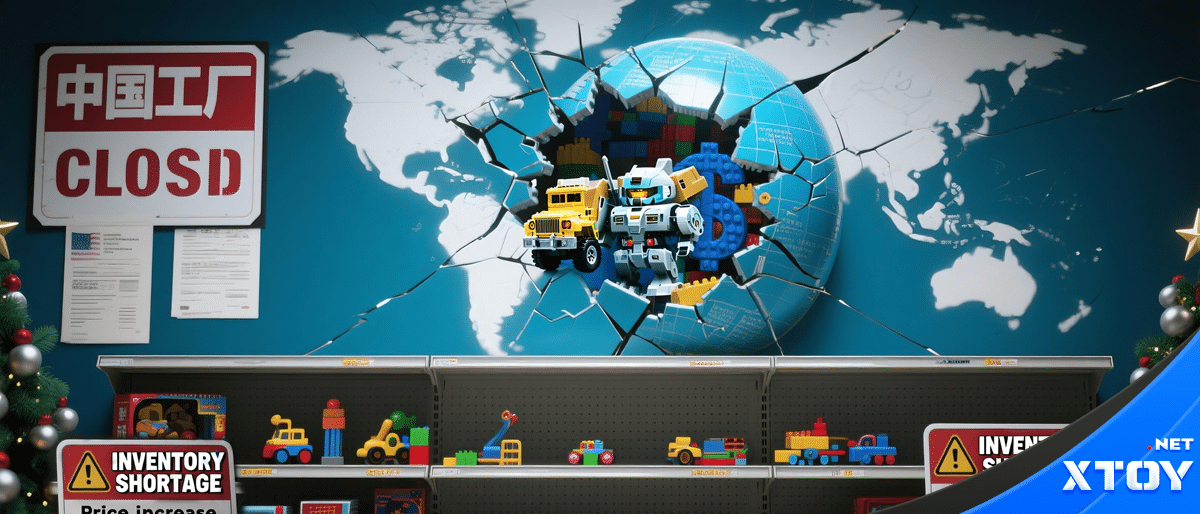The U.S. toy industry has become one of the hardest-hit casualties in the escalating trade war, with 145% tariffs on Chinese imports triggering widespread supply chain disruptions and price surges that could derail Christmas celebrations across America.
Collapsing Supply Chains
According to U.S. Commerce Department data, 75% of America’s $17.7 billion toy imports in 2024 originated from China, with 77% of toys sold stateside being Chinese-made. However, Toy Association President & CEO Greg Ahearn confirms Chinese manufacturers have effectively stopped producing toys for the U.S. market since April 2025. Major retailers like Walmart and Target are canceling orders en masse, with holiday inventories projected to fall 60% short of demand.
Corporate Carnage
New Zealand-based toy giant Zuru exemplifies the crisis. The company faces $3 billion NZD ($1.8 billion USD) in tariffs on planned $1.3 billion U.S. shipments – more than double its projected revenue. “This makes our business model financially unviable,” said co-founder Nick Mowbray, noting most retailers have suspended orders. Despite political pressure to reshore production, Mowbray emphasized China’s irreplaceable manufacturing ecosystem: “Even shifting to Vietnam or India isn’t feasible due to inferior supply chain integration”.
Price Spiral & Consumer Impact
The tariffs are expected to double retail prices:
- Zuru’s products face 145% tariff-induced cost increases
- MGA Entertainment plans “double-digit percentage” price hikes
- Basic Fun! has halted all shipments, warning of industry-wide collapse
- A Virginia retailer’s $32 panda plush now costs $80 post-tariff
U.S. manufacturers struggle to fill the void. MGA CEO Isaac Larian revealed American factories can’t source basic components like doll hair: “Should we sell bald dolls?”. The Ohio-based manufacturer also faces labor shortages, with Larian noting “Americans refuse factory jobs even at $25/hour”.
Seasonal Crisis Looming
With 80% of U.S. toys typically Chinese-made, Ahearn warns the tariff impact coincides with peak holiday production cycles: “Children’s Christmas is being stolen by political posturing”. Retailers report consumers shifting to secondhand markets as new toy prices become prohibitive.
Global Ripple Effects
While Vietnam and Mexico see 23% and 15% export growth respectively, their combined capacity represents less than 5% of global toy production. Chinese manufacturers are accelerating domestic market expansion and high-tech transitions, with 泡泡玛特 (Pop Mart) increasing U.S. prices by 12% while relocating 10% of production to Vietnam.
The U.S. Treasury collected $62 billion in China tariffs through Q1 2025, but economists estimate consumer costs exceed $130 billion annually. As Ahearn grimly concludes: “When Christmas windows stand empty, Americans will finally understand the true cost of this trade war”











